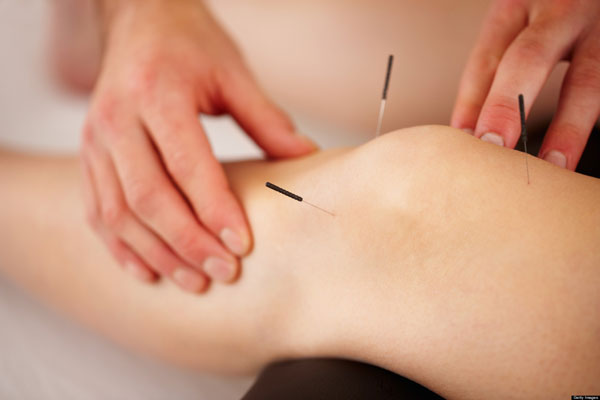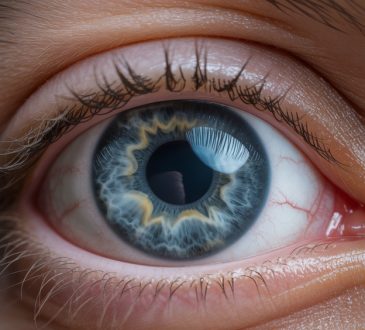
Dry needling is being recognised as a valuable method for alleviating muscle pain and addressing sports-related injuries. This technique is frequently provided by physiotherapists and specialised sports injury clinics. However, many individuals are still unfamiliar with this method.
With that, discover a comprehensive introduction to dry needling in Singapore, covering everything about the fundamental procedure aspects and where to locate qualified practitioners.
What is Dry Needling?
Dry needling is a method employed by physiotherapists to address muscle pain and dysfunction. This technique entails the insertion of fine, sterile needles into trigger points, which are taut bands of muscle responsible for pain. The procedure aids in alleviating tension, enhancing blood circulation, and decreasing inflammation. In contrast to acupuncture, which is rooted in traditional Chinese medicine, dry needling targets musculoskeletal problems.
The process is simple. A physiotherapist inserts the needle into the muscle, and the body responds by contracting the muscle, which can reduce pain and enhance mobility. It is often used for conditions such as back pain, shoulder pain, and injuries from sports activities.
How Does Dry Needling Differ From Acupuncture?
While dry needling and acupuncture use needles, their approaches and purposes differ. Acupuncture is a holistic therapy based on balancing energy (Qi) in the body. Dry needling, however, is a Western medicine approach focused specifically on treating muscle pain and dysfunction.
Physiotherapists offering dry needling are trained to target specific areas related to your injury. The goal is to restore proper muscle function and relieve pain, whereas acupuncture aims for overall energy balance and well-being.

The Benefits of Dry Needling for Sports Injuries
Dry needling is increasingly popular for treating sports-related injuries. Sports injury clinics in Singapore offer this technique as part of comprehensive rehabilitation programs. Below are some of the benefits of dry needling in sports injury recovery:
Pain Relief
Dry needling helps release trigger points, providing prompt relief from muscle pain. It is particularly effective for tennis elbow, runner’s knee, and other sports-related muscle injuries.
Improved Mobility
Dry needling can help enhance the range of motion by reducing muscle tension, which is essential for athletes looking to recover and return to their activities quickly.
Prevention of Future Injuries
Physiotherapists use dry needling as part of injury prevention strategies. Athletes can avoid severe injuries down the line by addressing muscle imbalances early.
Who Should Consider Dry Needling?
Dry needling could be beneficial if you’re experiencing muscle pain, stiffness, or reduced mobility due to sports activities or other physical stresses. Athletes, fitness enthusiasts, and individuals recovering from surgeries or injuries often consider this treatment. Sports injury clinics regularly recommend dry needling as part of a rehabilitation plan.
However, it’s critical to consult a qualified physiotherapist to ensure the treatment is appropriate for your condition. While dry needling is effective for many, it may not suit individuals with certain medical conditions or sensitivities.
Finding a Physiotherapist for Dry Needling
Choosing a qualified physiotherapist is essential when considering dry needling. Many sports injury clinics offer dry needling as part of their services. Here are some tips for selecting the right clinic and practitioner:
Check Credentials
Ensure the physiotherapist is licensed and certified in dry needling. Remember, physiotherapists must undergo specialised training to perform this technique.
Experience with Sports Injuries
Look for a clinic that specialises in sports injury treatment. These clinics will have physiotherapists who are knowledgeable in handling sports-related injuries, providing a comprehensive approach to rehabilitation.
Consultation and Assessment
Before starting dry needling, a physiotherapist will assess your condition and develop a personalised treatment plan. Be sure to ask about the expected duration of the treatment and any potential side effects.
What to Expect During a Dry Needling Session
A typical dry-needling session lasts 30 to 60 minutes. The physiotherapist will first assess your condition and identify the trigger points to be treated. They will then insert thin needles into these points, causing a slight muscle twitch. This twitch indicates that the muscle is releasing tension.
You may experience mild soreness after the session, similar to the feeling after an intense workout. This sensation is a normal part of the healing process, and the discomfort usually subsides within a day or two. Some patients report prompt pain relief, while others notice improvement over several sessions.
Conclusion
Dry needling is a targeted and practical intervention for alleviating muscle pain, especially in sports injuries. Numerous clinics in the city-state specialising in sports injuries provide this treatment, administered by skilled physiotherapists. Whether you are experiencing chronic discomfort or are recovering from a sports-related injury, dry needling may be integral in your rehabilitation strategy. It is essential, however, to seek advice from a qualified physiotherapist in Singapore to assess whether this treatment is suitable for your specific needs.
Contact Calibrate Health to experience the benefits of dry needling today!




